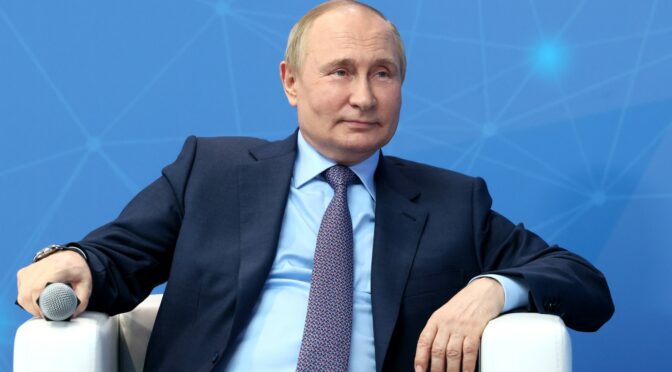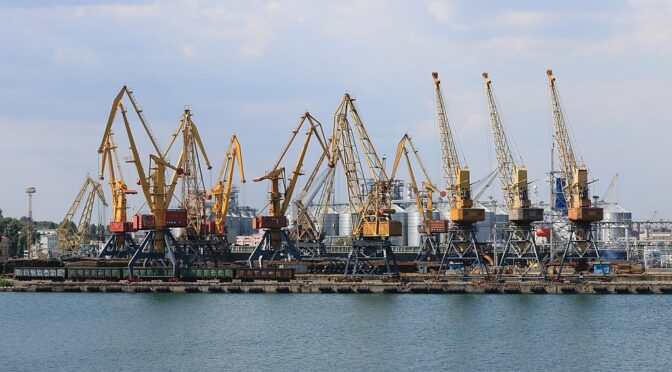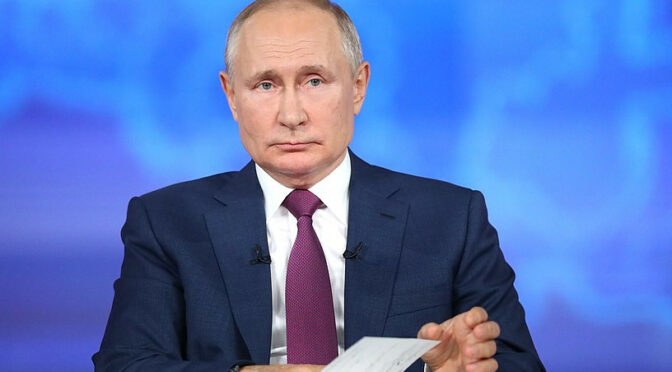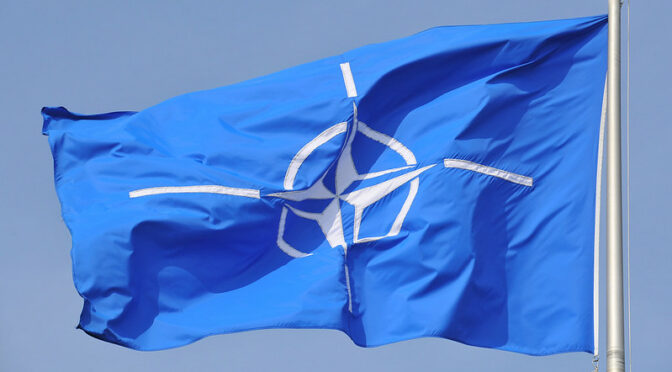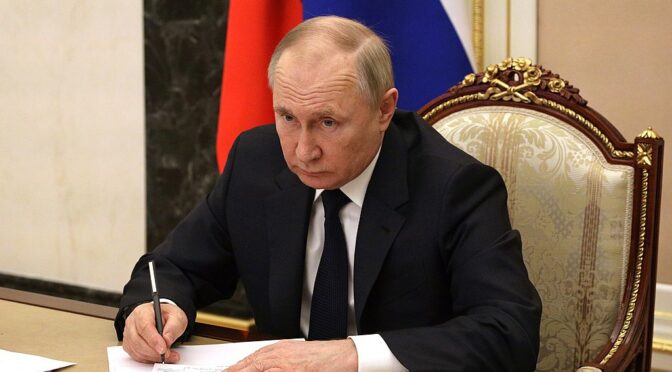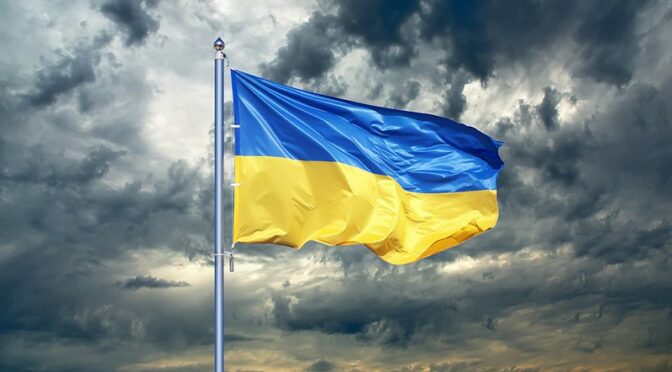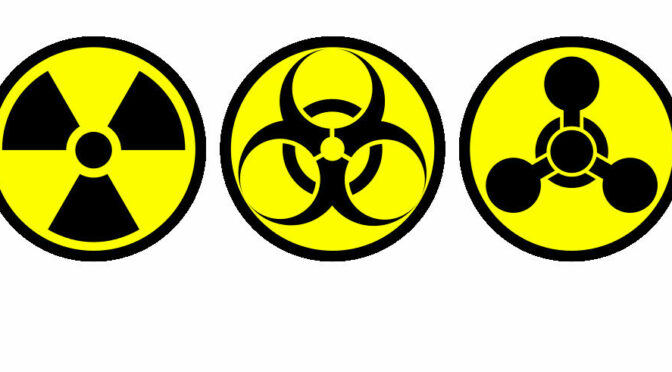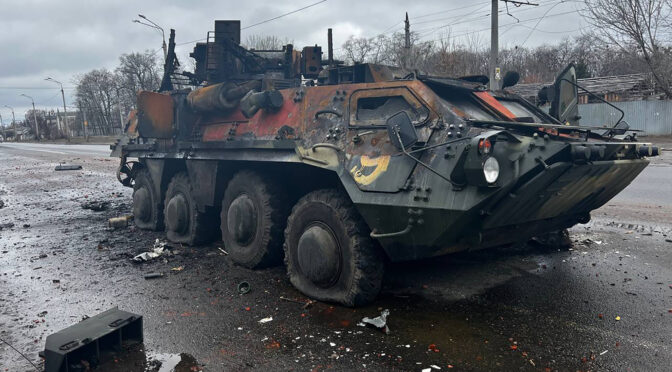Article published in The Daily Telegraph, 29 May 2022. © Richard Kemp
A victory in Donbas – if he manages to secure it – is not the endgame for Vladimir Putin. He means to bend the entirety of Ukraine to his will and humiliate Nato and the US. Those, like Henry Kissinger and Emmanuel Macron, who think making peace is a matter of handing a slice of territory to Moscow, fail to understand a fundamental point: Putin’s strategic perspective goes much further than eastern Ukraine, and he has far more time and leverage than we assumed.
Many commentators had warned the West against complacency after Russia’s failed attempt to seize Ukraine in one blow in February. Putin’s army may have displayed tactical ineptitude and low morale, but it was always clear that a regrouped force could nevertheless achieve some of his objectives. That is precisely what is happening now, with the tide beginning to turn against the Ukrainians in the Donbas district of Luhansk.
Moscow has been making steady territorial gains there and inflicting heavy casualties on Ukrainian forces. President Zelensky admitted last week that up to 100 of his troops are being killed every day in the eastern region. That level of attrition will be severely degrading Ukrainian military morale and fighting strength. And, given what we know about Russian war tactics, it is unlikely they will be attaining anywhere near as many casualties.
In the face of blistering artillery bombardments followed up by tank and infantry attacks, Ukrainian troops have been on the retreat. Sometimes this has involved tactical withdrawal to more sustainable defensive positions, but mostly such moves are made out of necessity. The city of Severodonetsk is on the verge of being stormed. If it is captured alongside another key city, Lysychansk, then much of Luhansk will be under the Kremlin’s auspices. That marks a significant defeat for Ukraine – and the West. Continue reading

